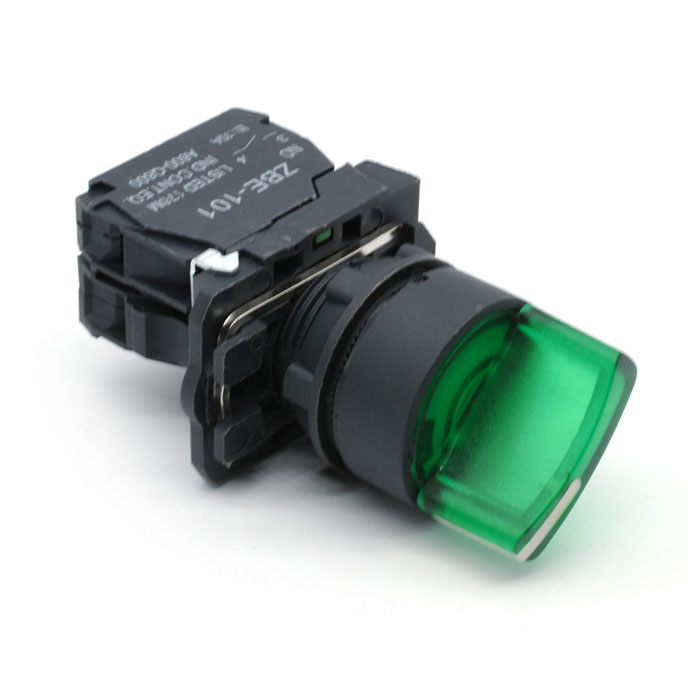Understanding Push Button Switches: The Basics and Applications
2024-08-28
Push button switches are ubiquitous in our daily lives, found in a range of devices from household appliances to industrial machinery. They offer a simple and reliable way to control circuits, making them a fundamental component in various applications. In this blog post, we'll explore what push button switches are, how they work, and the different types available, as well as their common uses.

What Is a Push Button Switch?
A push button switch is a simple switch mechanism that allows the user to manually open or close an electrical circuit by pressing a button. These switches typically have a spring-loaded mechanism, which returns the button to its original position after being pressed. Push button switches can be momentary (spring-loaded) or maintained (locking) depending on the application.
How Does a Push Button Switch Work?
Push button switches operate on a straightforward principle. When the button is pressed, it forces the switch's contacts together, allowing electrical current to flow through the circuit. When the button is released, the contacts return to their original state, interrupting the current flow.
There are two primary types of push button switches based on their operation:
1. Momentary Push Button Switch: These switches only remain active (closed) while the button is being pressed. Once released, the switch returns to its normal (open) state. Common examples include doorbells and keyboards.
2. Maintained Push Button Switch: These switches stay in their last position after being pressed. A subsequent press changes the state again. They are often used in power switches for various appliances.
Types of Push Button Switches
Push button switches come in various designs and specifications to suit different needs:
1. Normally Open (NO): The default state of the switch is open, meaning no current flows. When pressed, it closes the circuit, allowing current to pass through.
2. Normally Closed (NC): The default state is closed, allowing current to flow. Pressing the button opens the circuit, stopping the current flow.
3. Single Pole Single Throw (SPST): This is the simplest type of push button switch, with one input and one output. It can only connect or disconnect a single circuit.
4. Single Pole Double Throw (SPDT): This switch has one input and can switch between two outputs. It is used to change the flow of current between two different circuits.
5. Double Pole Single Throw (DPST): This switch can control two circuits simultaneously, having two inputs and two outputs.
6. Double Pole Double Throw (DPDT): Similar to SPDT, but controls two separate circuits. It can switch two circuits from one state to another.
Common Applications of Push Button Switches
1. Household Appliances: Push button switches are widely used in everyday household appliances like coffee makers, blenders, and washing machines. They provide a simple and reliable way to control the power or settings of these devices.
2. Industrial Equipment: In industrial settings, push button switches are used to control machinery and equipment. They are essential for starting, stopping, and controlling the operation of machines, ensuring safety and efficiency.
3. Automotive Controls: Push button switches are used in vehicles for various functions, such as starting the engine (push-to-start systems), controlling windows, and operating headlights. Their durability and ease of use make them ideal for automotive applications.
4. Consumer Electronics: Devices like computers, televisions, and gaming consoles use push button switches to power on/off and navigate menus. These switches are designed to handle frequent use while maintaining reliability.
5. Emergency Stop Functions: In critical safety applications, push button switches are used for emergency stop functions. These switches are usually large, red, and easily accessible, allowing quick and effective shutdown of equipment in case of an emergency.
Conclusion
Push button switches are versatile and essential components in many devices and systems, providing a simple yet effective way to control electrical circuits. Understanding the different types of push button switches and their applications can help you choose the right switch for your specific needs, whether it's for a household appliance, industrial machinery, or automotive controls. Their reliability and ease of use ensure that push button switches will continue to be a vital part of electrical and electronic design.


